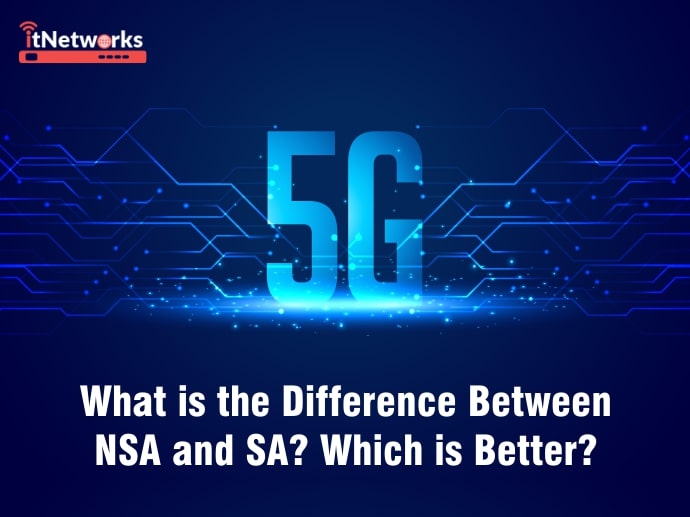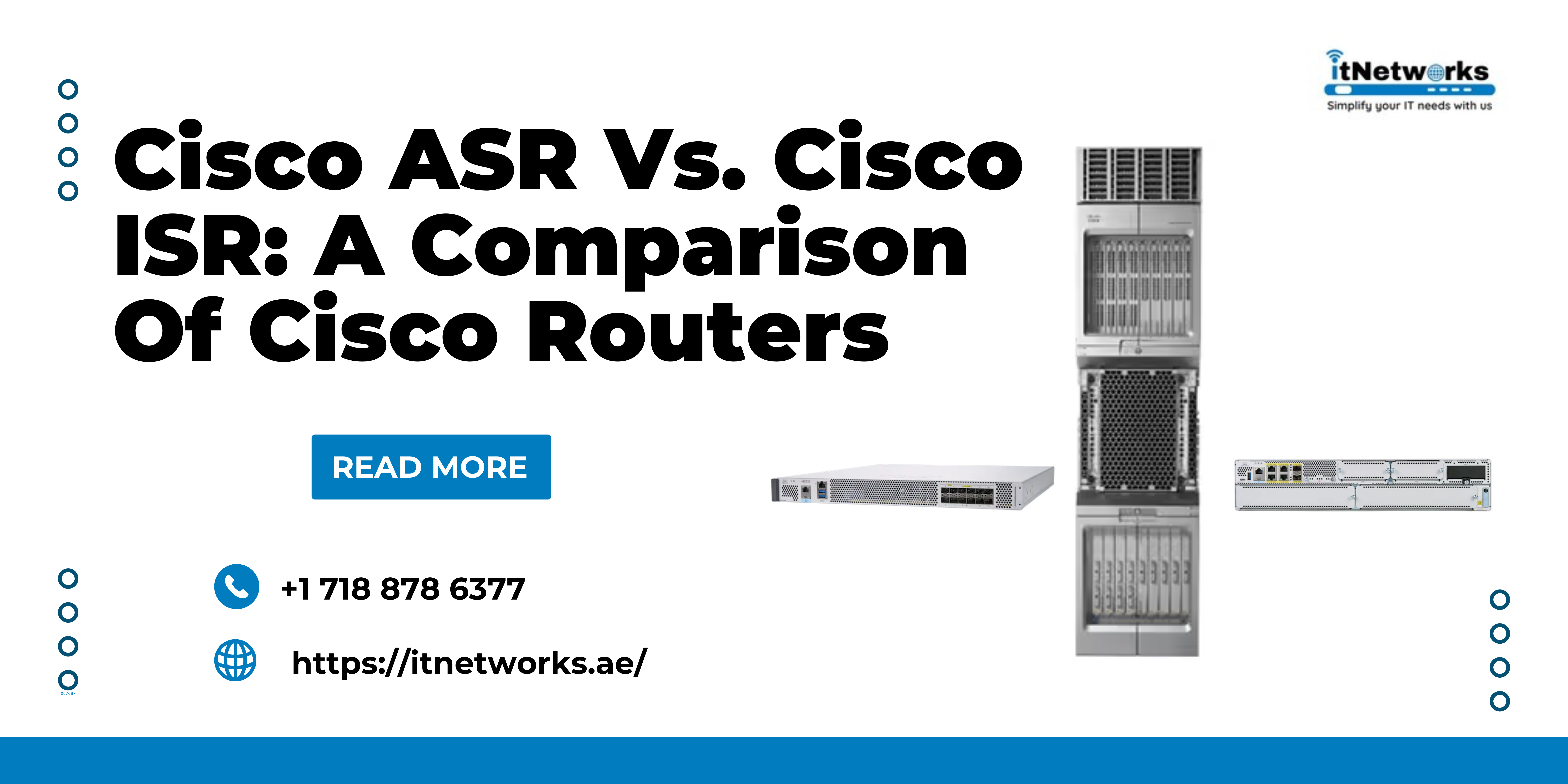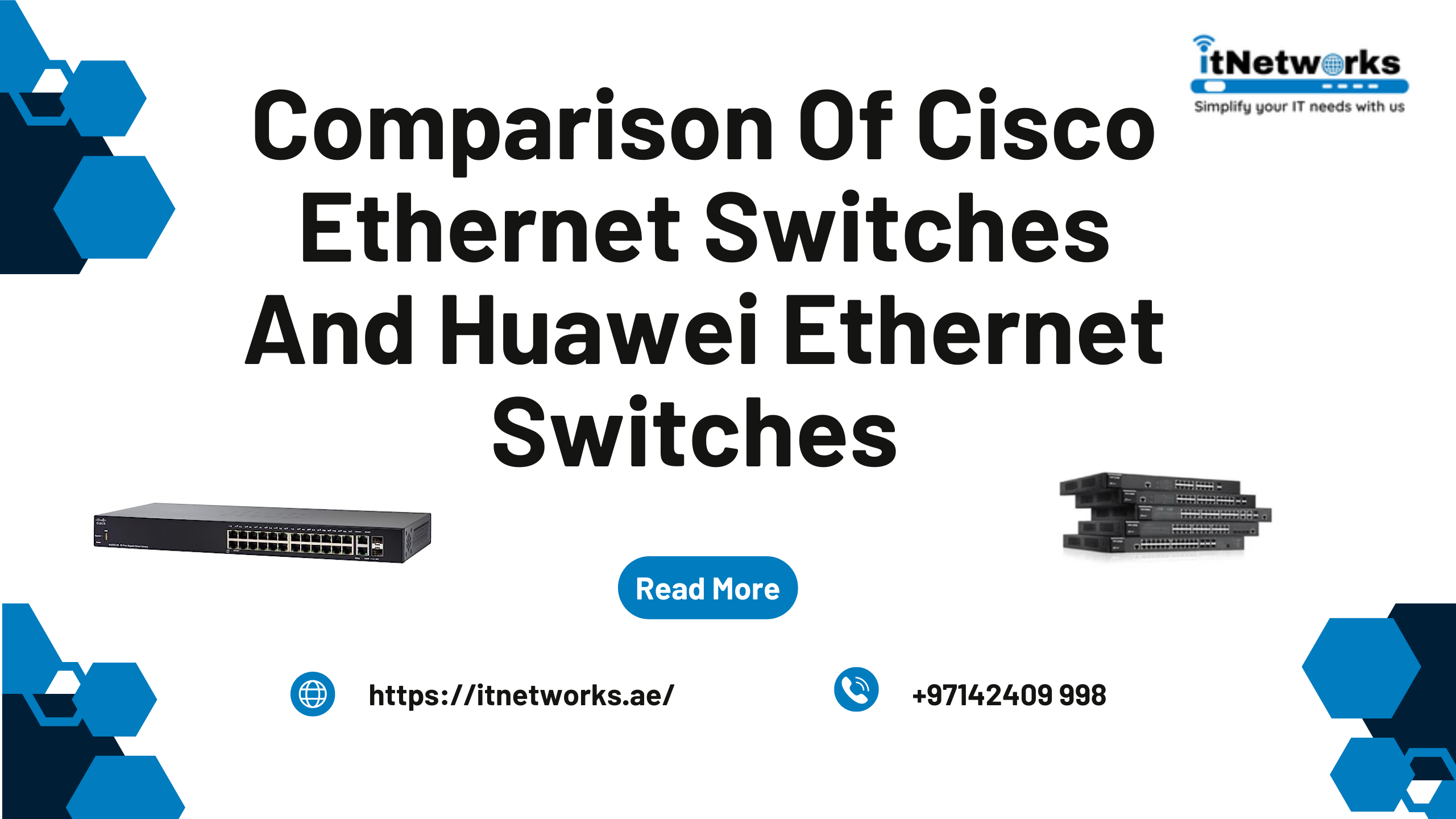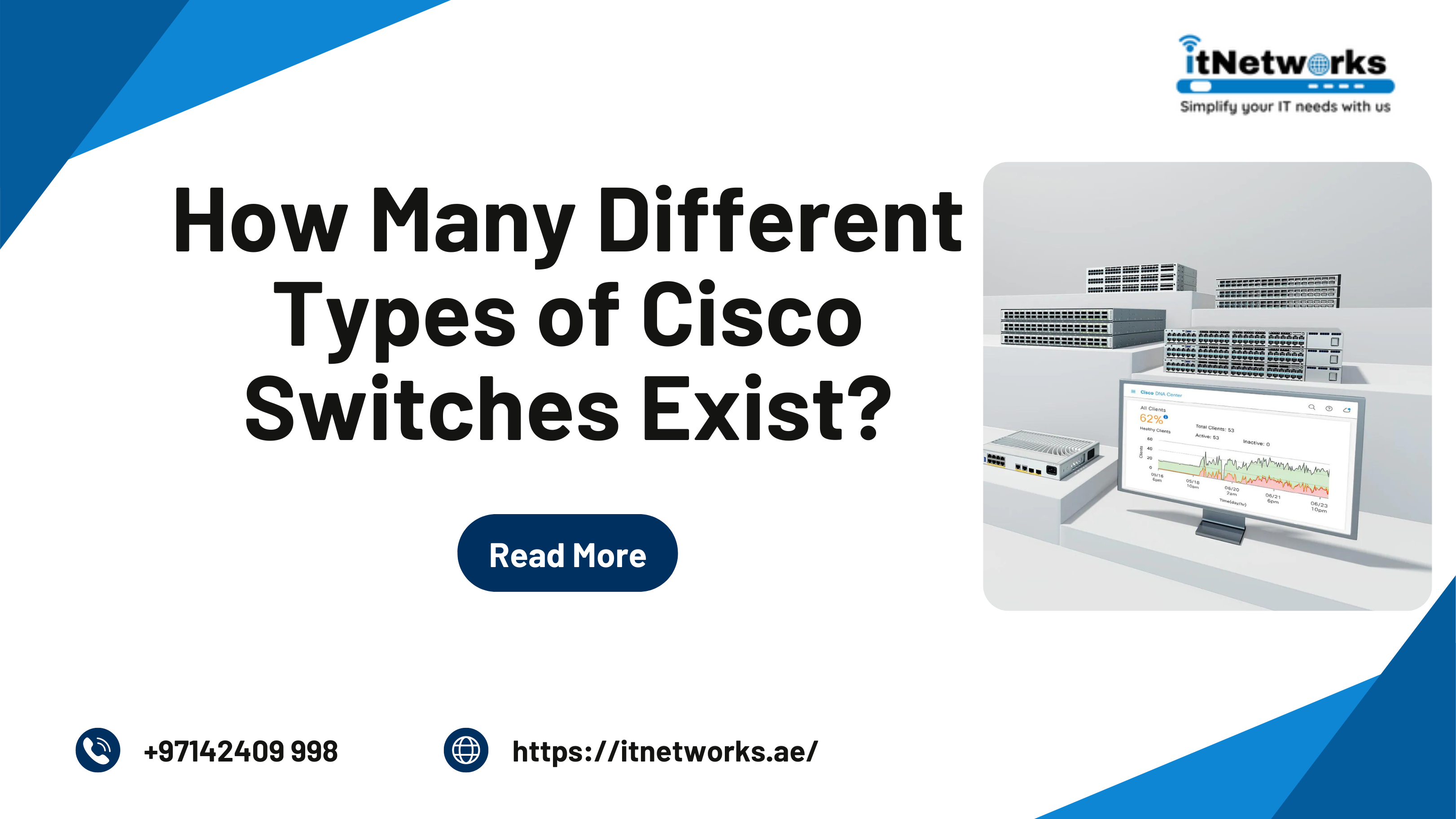What is the Difference Between NSA and SA? Which is Better?
5G networks are rapidly expanding and with it comes the need to understand the differences between NSA and SA. NSA (Non-Standalone) and SA (Standalone) are two different types of 5G architecture.
In this blog post, we'll explore the differences between these two architectures, and discuss which one is better suited for different use cases. We'll also discuss the advantages and disadvantages of each, so that you can make an informed decision when selecting the right 5G architecture for your needs.

What is an NSA?
An NSA, or Non-Standalone (NSA) architecture, is a 5G network architecture that relies on the existing LTE network for support. The NSA architecture allows mobile operators to deliver 5G speeds and capabilities to their customers without having to build out a new 5G infrastructure. In the NSA model, 4G base stations are upgraded with additional hardware to enable 5G services.
The biggest advantage of the NSA architecture is its cost effectiveness and faster time to market. By leveraging the existing 4G infrastructure, mobile operators can reduce their cost and time when deploying 5G networks. The NSA also allows for better coverage in rural areas where it would otherwise be difficult and expensive to build out a dedicated 5G network.
However, there are some drawbacks of the NSA architecture as well. Since it is dependent on the existing LTE infrastructure, the speed of 5G networks in the NSA architecture will not be as fast as those deployed in Standalone (SA) networks. Additionally, while NSA networks can support ultra-low latency applications, they may not be able to support ultra-high reliability applications like autonomous driving or mission-critical applications.
What is an SA?
SA, or standalone architecture, is a type of mobile network architecture that does not rely on any existing infrastructure and operates on its own network. This type of network provides a greater level of flexibility as it can be configured to the specific needs of an organization. It also provides a more secure connection as there are fewer points of vulnerability.
SA networks use 5G technology and are designed to offer high speed and reliable connections over long distances. They are typically used in areas where existing cellular or other wireless networks may not be available or reliable, such as rural areas or remote locations.
SA networks provide a unique set of features and capabilities, including: lower latency, more reliable coverage, and better scalability. These features make them ideal for many applications, including telemedicine, virtual reality, autonomous vehicles, and remote sensing. As 5G technology continues to develop, SA networks will become increasingly important in the mobile industry.
Benefits of SA
SA, or Service Area (SA) networks, are a type of 5G network that allows for the deployment of ultra-fast, low latency networks to specific areas. This type of network is best suited for small coverage areas where the network needs to serve an especially dense population of users.
One of the primary benefits of SA networks is their flexibility. Since they are designed to serve only certain areas, they can be deployed with customized settings and equipment, making it easy to create specialized services tailored to local demands. This makes them ideal for areas that may not have a significant number of customers but still require reliable 5G connectivity.
Finally, SA networks are also extremely reliable. The fact that they are tailored to a specific area allows them to be optimized for the unique environment, ensuring that users receive a consistently high-quality experience regardless of the device they’re using.
Benefits of NSA
The primary benefit of a Non-Stand-Alone (NSA) network is that it is capable of leveraging existing 4G infrastructure to provide 5G speeds. This allows carriers to deploy 5G technology without having to construct an entirely new infrastructure, saving time and money.
Additionally, since NSA networks are able to utilize existing 4G connections, they can provide significantly faster speeds than traditional 4G networks, with some 5G NSA networks achieving download speeds up to 10 times faster than 4G.
Another benefit of NSA networks is that they are more reliable and stable than SA networks due to their ability to switch between 4G and 5G connections seamlessly.
This ensures that users get the best connection available at any given moment, ensuring a consistent and reliable connection. Finally, because NSA networks use less bandwidth than SA networks, they are often more cost-effective for carriers and consumers alike.
When it comes to 5G networks, the decision between NSA and SA can be a tricky one. It largely depends on your specific needs and the type of network you’re trying to set up.
Which is best for you?
NSA (Non-Standalone) networks are great for those who need to maintain their existing LTE infrastructure while upgrading to 5G. These networks are cost-effective and can be deployed quickly, making them ideal for short-term implementations. However, NSA networks may not provide the same level of performance or reliability as SA (Standalone) networks.
SA networks are best for those who want the most reliable and powerful 5G network possible. These networks offer the highest speeds, lowest latency, and broadest coverage available. But they also come with a higher price tag, since they require more significant upfront investments.
If you’re unsure which is the right choice for you, it’s best to speak to an expert in 5G networking. They’ll be able to advise you on the best solution based on your budget and requirements.
Conclusion
When it comes to choosing between NSA and SA 5G, the best option depends on what you need and what your priorities are. NSA provides faster speeds and more efficient connectivity, while SA offers more reliable and secure connections. Ultimately, both NSA and SA provide a great way to get connected and are beneficial for different reasons. If you need help with the selection of the right architecture for your network, please connect with us via WhatsApp at +971585811786.





